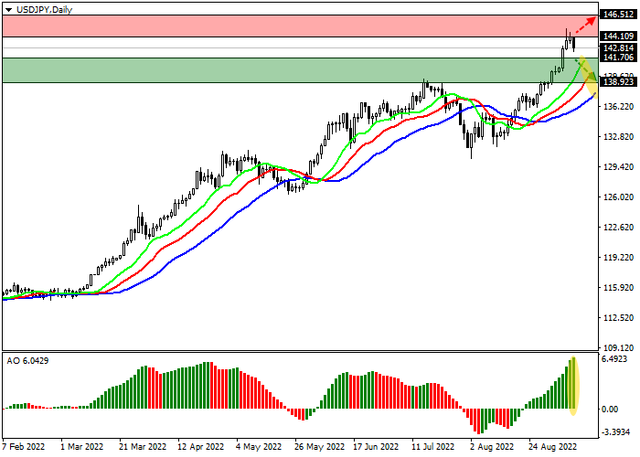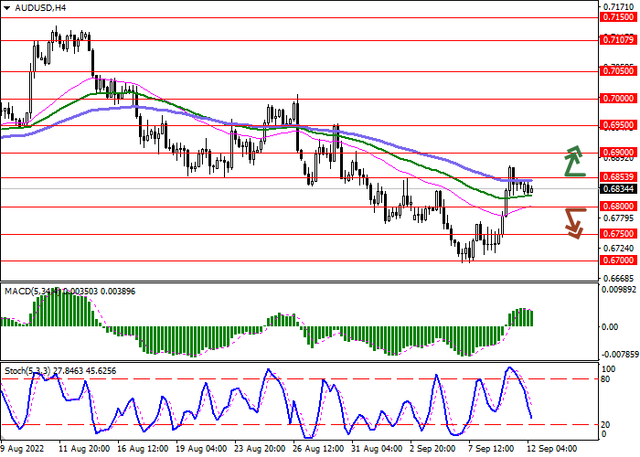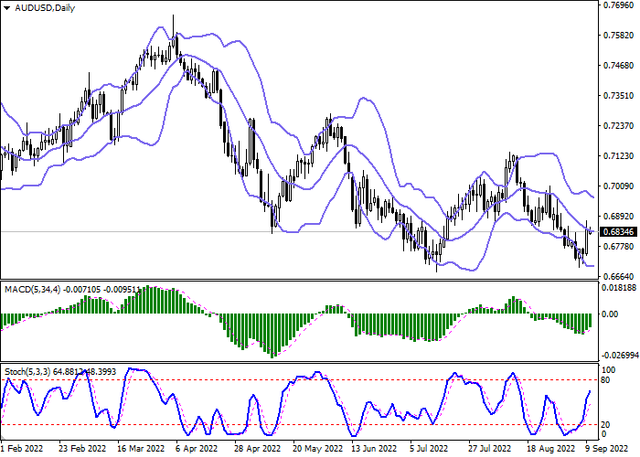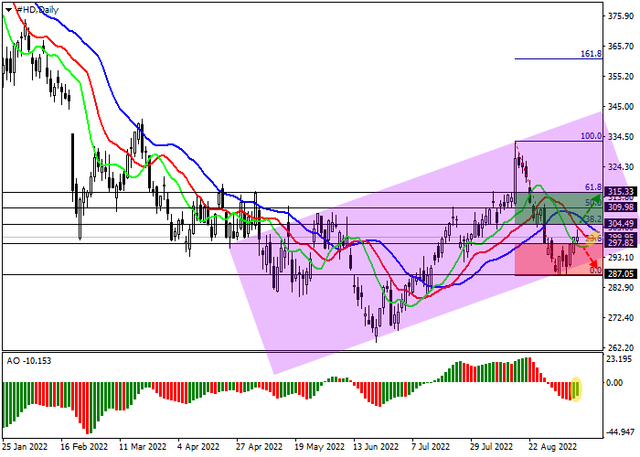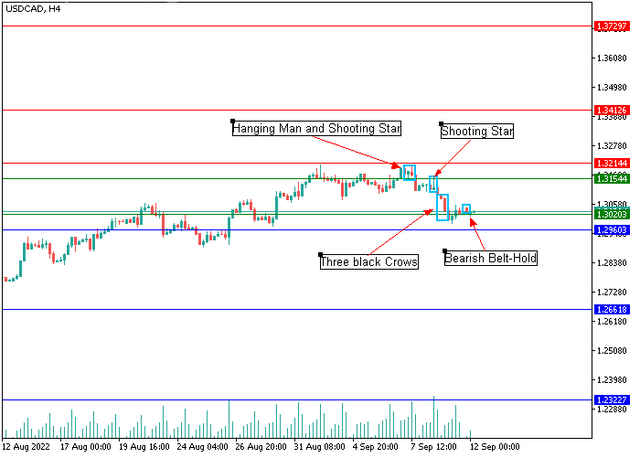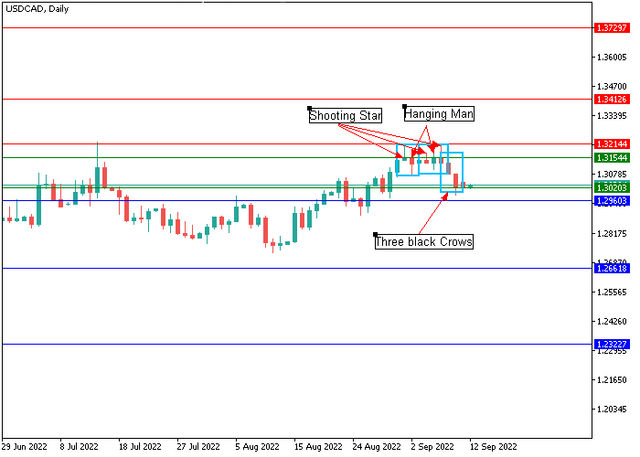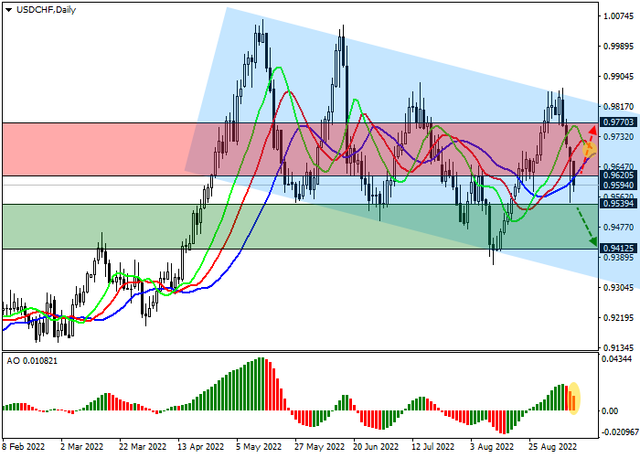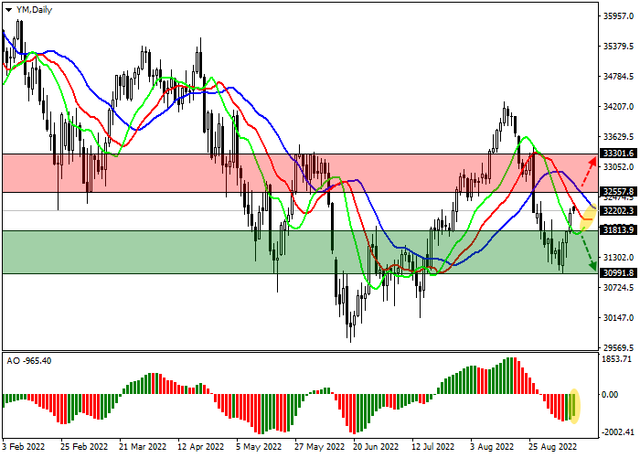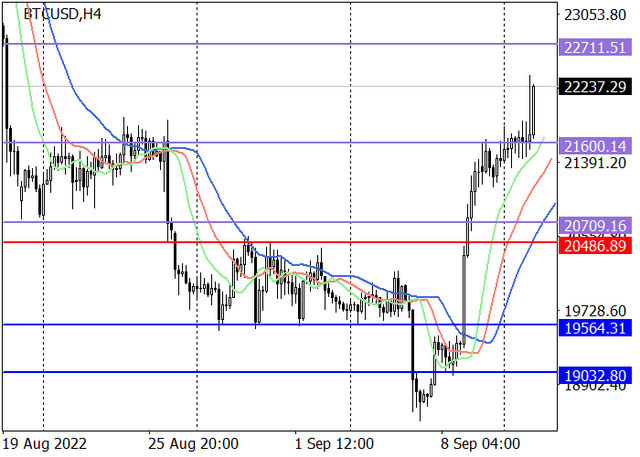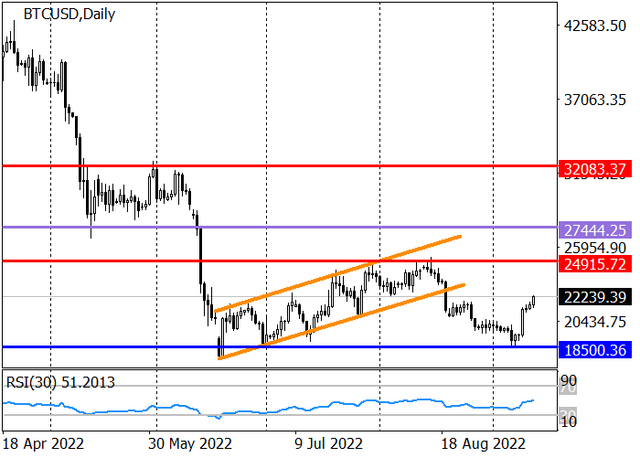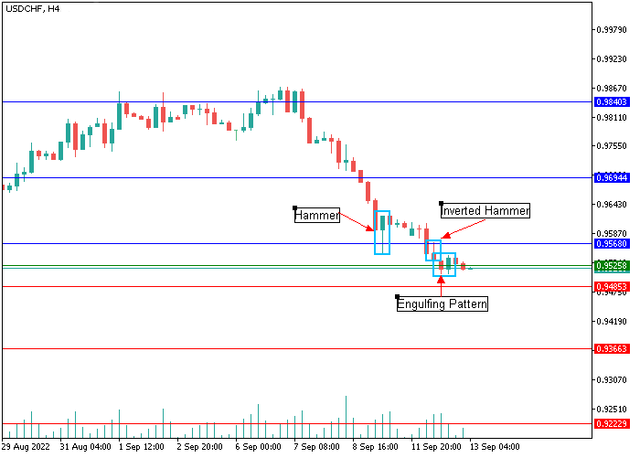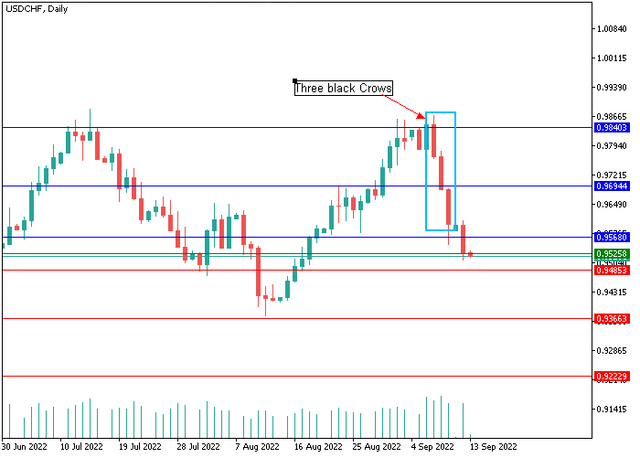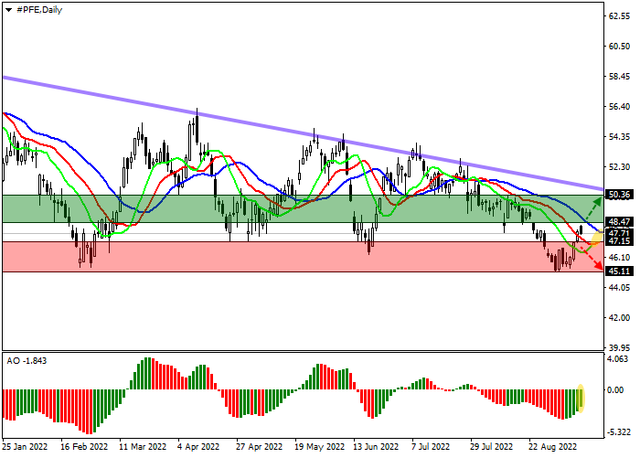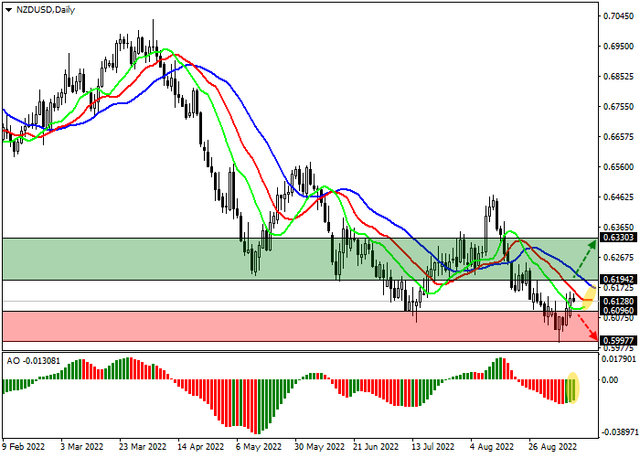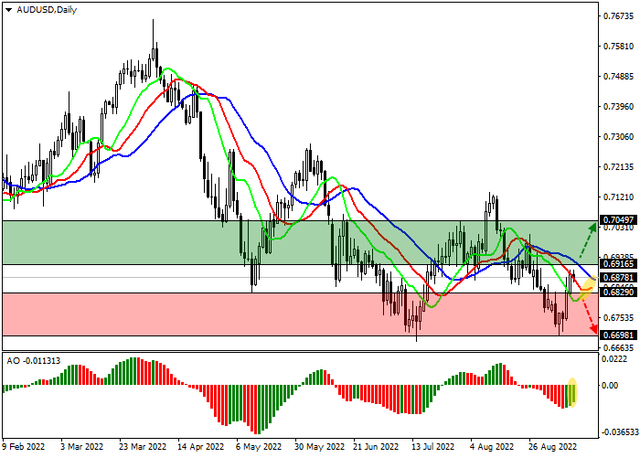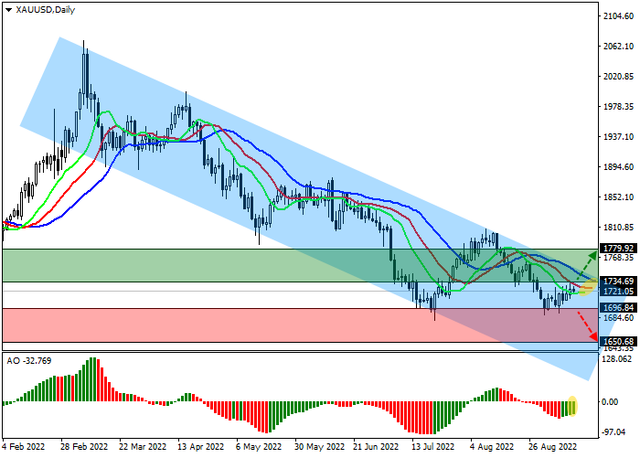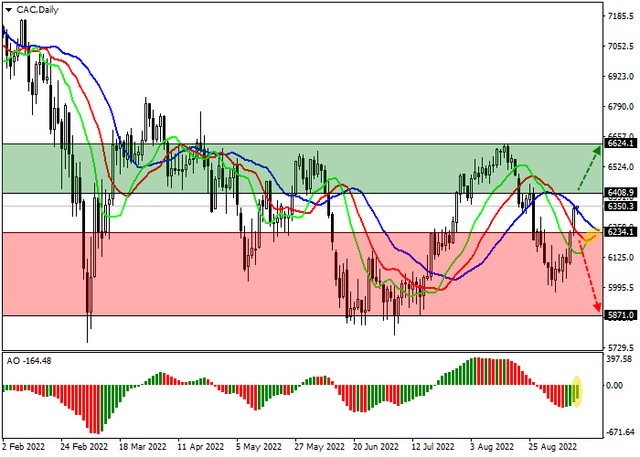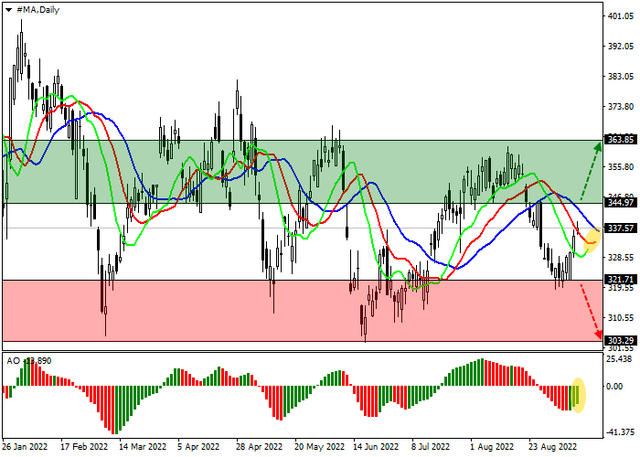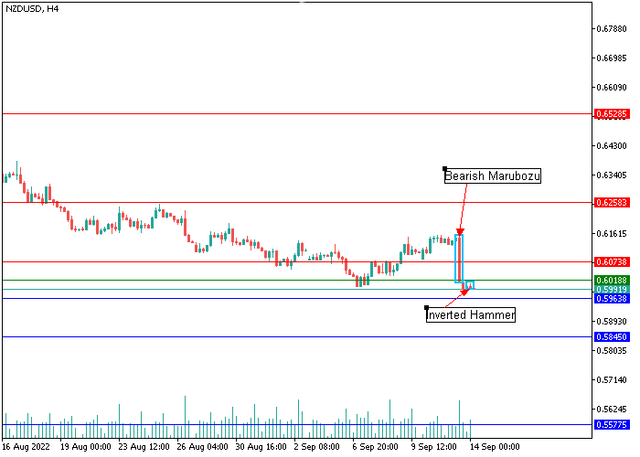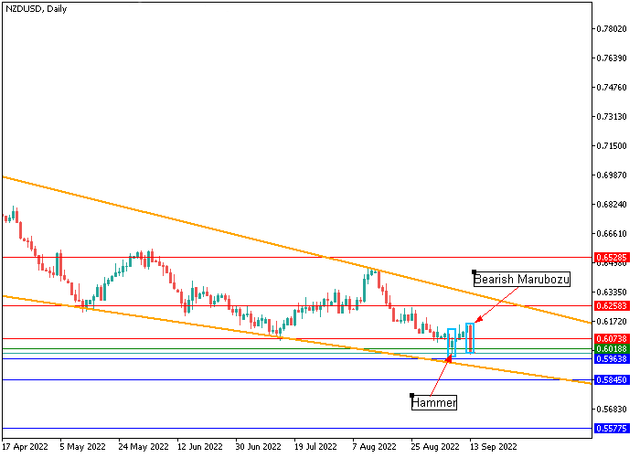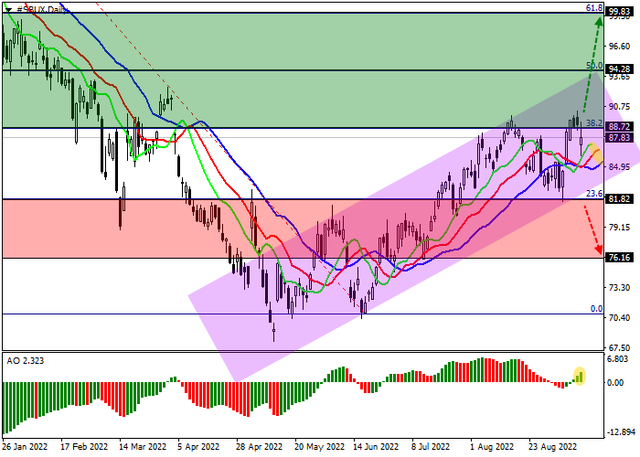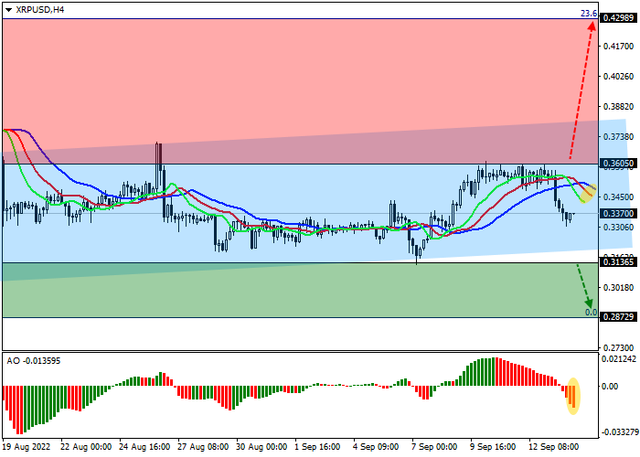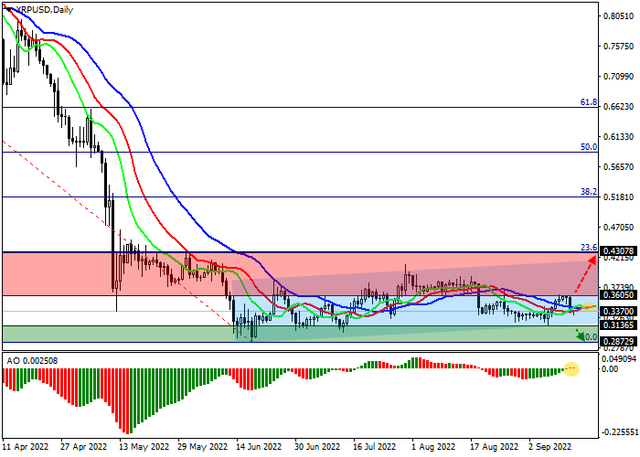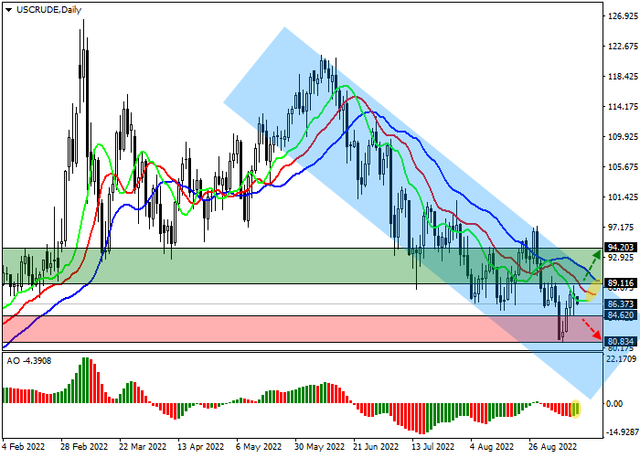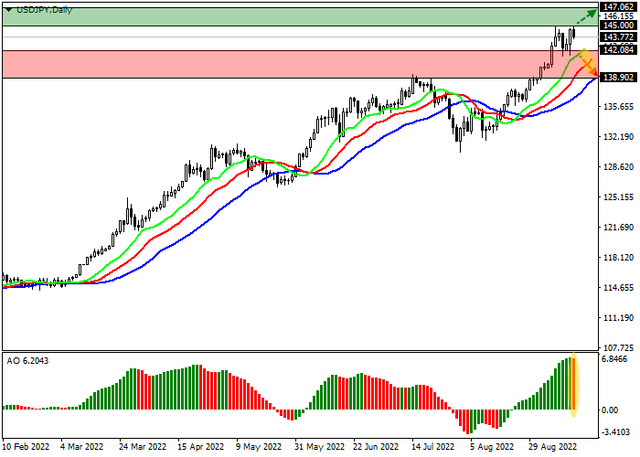SOLIDECN
Senior member
- Messages
- 3,041
- Likes
- 0

GBPUSD - The instrument is moving within the global downward channel
Investors are evaluating the announcement of the new British Prime Minister Liz Truss on the abolition from next month of indexation of electricity bills, which will now not exceed 2.5K pounds a year. She also stated the need to expand the sources of electricity supply through increased oil and gas production in the North Sea. Although households have taken the initiative of the official positively, for the economy as a whole, this may become a new problem since 130 – 150 B pounds annually will need to be allocated to finance such a measure. Some experts suggested that these funds would be raised through government loans, which would then be repaid through gradual tariff increases over two years.
In the UK, national mourning has begun in connection with the death of Queen Elizabeth II. The heir to the throne was her son, Prince Charles of Wales, who will be officially proclaimed King Charles III on September 10. The country may enter a new era of change, and it is not yet known how actively the new monarch will be involved in the state's political affairs.
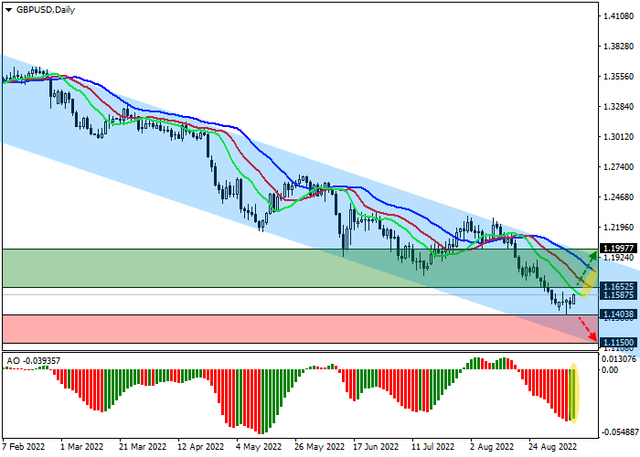
The trading instrument is moving within the global downward channel, reversing towards a local increase. Technical indicators maintain a weakening sell signal: the Alligator indicator's EMA oscillation range narrows slightly, and the histogram of the AO oscillator forms rising bars.
Resistance levels: 1.1652, 1.2 | Support levels: 1.14, 1.115

